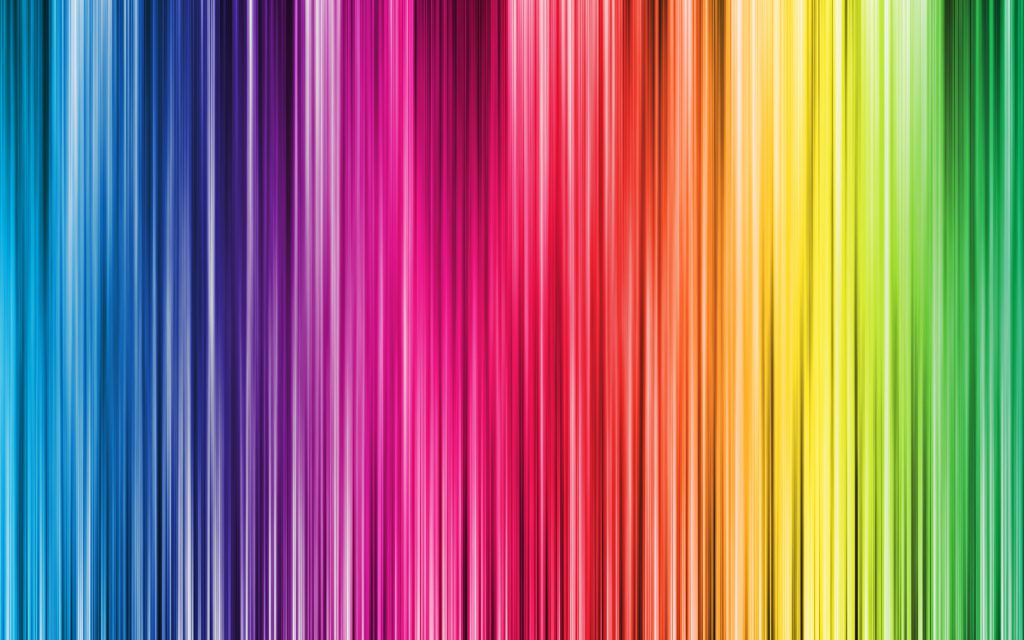
Coca-Cola? Red.
Best Buy? Yellow.
Facebook? Blue.
Mustang? Purple.
For arguably every brand, colors are an integral part of marketing efforts — from logos and websites to print collateral and ad materials. Recently, the world’s largest quick-service restaurant (that one with the golden arches) strayed from its conventional yellow and red palette with redesigned bags and cups boasting a new, bolder font in a wide array of colors. While other factors must be taken into consideration, such as the chain’s revamped menu and extension of the breakfast menu, the change to more creative, colorful branding has paralleled the company’s recent successes, with sales increasing across the globe.
It’s safe to assume, though, that not every brand would achieve the same success with such a dramatic shift in branding. To determine the optimal use of colors in marketing, many researchers have attempted a wide variety of experiments — with the following representing some conclusions about the topic:
“People make up their minds within 90 seconds of their initial interactions with either people or products. About 62-90 percent of the assessment is based on colors alone.”
Satyendra Singh, “Impact of color on marketing”
“When people know how brands are attempting to position themselves, people consider colors congruent with those positions to be more appropriate.”
Paul A. Bottomley and John R. Doyle, “The interactive effects of colors and products on perceptions of brand logo appropriateness”
“Color has the potential to increase brand recognition by 80 percent. Choose color schemes that are memorable (but for the right reasons). A carefully chosen color scheme will help your identity shine.”
Neil Patel and Ritika Puri, “The Complete Guide to Understanding Consumer Psychology”
We at Mustang agree that colors can play an important part in the perception of a particular brand or product, and in working with our clients, we pay close attention to our color choices and how they play into a company’s messaging. This is especially true when designing logos, and the initial creative meeting during the logo-making process often involves discussing how certain colors may influence opinions and identifying which colors best define the brand in question.
In a recent blog post, Scott explained how “Mustang Purple” came to be. According to color psychology, purple hues convey creativity, wisdom and imagination — luckily, great matches for Mustang and our philosophy: strategically driven creative. While we utilize other colors from time to time — most often green, which is said to convey peace, growth and health — purple has been our go-to hue for more than 30 years, and, as the largest full-service marketing agency in the county, it seems to be serving us pretty well.
How do you use colors to define your brand, products or services? Share your thoughts on our Facebook page!